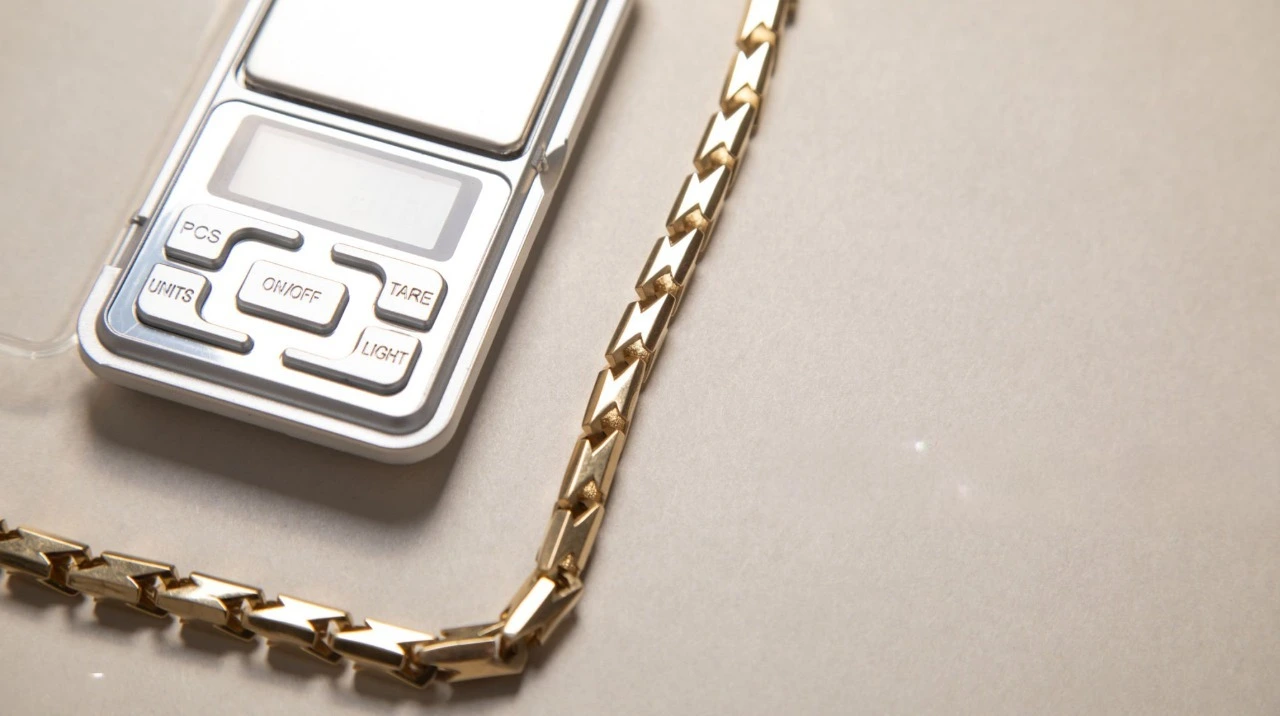Introduction: Why Your Scale Matters
Picking the perfect jewelry scale is a big deal for anyone working with precious metals, gemstones, or delicate jewelry. Whether you’re a jeweler, pawnbroker, gemologist, or collector, your scale’s accuracy and reliability shape your valuations, transactions, and reputation. This guide breaks down the must-know factors to help you choose a jewelry scale that fits your needs like a glove.
The Top Priority: Precision Is Everything
When weighing jewelry, accuracy isn’t just nice to have—it’s non-negotiable. Tiny weight differences can swing the value of gold, diamonds, or silver by thousands.
Why Accuracy Counts
- Spot-On Valuations: A slight misstep in weight can throw off the price of precious materials, shortchanging buyers or sellers.
- Legal Standards: Many regions require specific accuracy levels for scales in commercial deals. A subpar jewelry scale risks fines or reputational hits.
- Client Trust: Accurate weigh-ins build confidence, encouraging repeat business and referrals.
- Quality Control: In jewelry making, precise measurements ensure consistent alloys and efficient use of costly materials.
Understanding Different Accuracy Levels and Their Applications
Jewelry scales come with varying degrees of accuracy, often indicated by their readability (the smallest increment the scale can display). Common readability levels include:
| Accuracy Level | Primary Applications |
| 0.1 grams (g) | General weighing of larger jewelry pieces or scrap gold (e.g., gold chains, rings). |
| 0.01 grams (g) | Smaller gemstones, detailed jewelry items, and mid-value metals (e.g., gold chains, gemstone pendants). |
| 0.001 grams (mg) | High-value small gemstones (e.g., diamonds) and precise alloy measurements in jewelry manufacturing. |
| 0.0001 grams (ct) | Diamond and gemstone weighing in carats, critical for high-value gem trade (e.g., certified diamonds). |
Your specific application will dictate the level of accuracy you need. For instance, a diamond dealer will require a scale with 0.0001g or 0.001g readability, while someone primarily dealing with larger gold bullion might find a 0.1g scale sufficient.
How to Pick a High-Precision Scale
- Match Readability and Capacity: Ensure the scale’s precision suits your smallest items and its capacity handles your largest without losing accuracy.
- Check Calibration Options: A quality jewelry scale should support easy calibration with certified weights to stay accurate over time.
- Look at Sensor Tech: Scales with electromagnetic force restoration (EMFR) sensors outperform cheaper strain gauge models in accuracy and stability.
- Study the Specs: Review accuracy, repeatability, and linearity in the manufacturer’s details to gauge performance under real-world conditions.
Getting the Right Capacity
Accuracy is king, but capacity—the maximum weight your jewelry scale can handle—is a close second. A mismatched capacity can cause headaches.
Why Capacity Matters
- Prevent Overload: Weighing items beyond the scale’s limit can damage sensors, leading to faulty readings or a broken scale.
- Maximize Precision: Scales are most accurate within a specific range. Using a scale with too high a capacity for tiny items may dull its sensitivity.
- Boost Efficiency: A scale sized for your typical items speeds up your workflow without being too bulky or restrictive.
Pitfalls of Wrong Capacity
- Too Low: A small capacity limits what you can weigh, hampering your work.
- Too High: An oversized scale might lack precision for small items and be clunky to use or store.
Ease of Use: Displays and User-Friendliness
A jewelry scale should be easy to read and operate to save time and avoid mistakes.
Why a Clear Display Is Key
- Fewer Errors: A bright, clear display reduces misreads, especially in busy or dim settings.
- Faster Weighing: Easy-to-see numbers speed up your process, boosting productivity.
- Flexible Units: Switching between grams, carats, or ounces caters to different needs and clients.
Features for Usability
- Display Quality: Choose a scale with a high-contrast LCD or LED screen, viewable from multiple angles.
- Unit Options: Ensure it supports your needed units and makes switching simple.
- Intuitive Controls: Look for a clear, user-friendly interface with straightforward buttons and menus to cut down on errors.
- Tare Function: A reliable tare feature lets you zero out containers for accurate net weights.
Other Must-Have Features
Beyond accuracy, capacity, and usability, these features make a jewelry scale stand out:
| Feature | Importance and Details |
| Calibration | Essential for maintaining accuracy. Scales with external calibration options and certified weights ensure precision (e.g., consistent measurements for gemstones). |
| Stability | Reduces vibration impact. Features like adjustable feet or level indicators stabilize readings (critical in workshops to avoid movement errors). |
| Durability | High-quality materials (stainless steel, reinforced plastics) ensure longevity in high-demand environments (e.g., workshops, retail counters). |
| Power Source | Battery-powered scales offer portability; AC-powered models suit continuous use in fixed locations (e.g., retail stores). |
| Connectivity | USB/RS-232 ports enable data transfer to computers or printers for inventory tracking, POS integration, or record-keeping. |
| Draft Shield | Protects high-precision scales from air currents. Critical for weighing lightweight items like gemstones or fine gold dust. |
Conclusion: Invest in Precision, Invest in Success
Choosing the right jewelry scale is more than a purchase—it’s an investment in accuracy, efficiency, and trust. Start with precision, match capacity to your needs, and prioritize usability, then round out your choice with features like durability or portability. At Stucccler, our high-quality jewelry scale models are built to meet every need, from gemology to pawnshops. Browse our collection or reach out to our team for expert guidance to find your perfect scale today!




